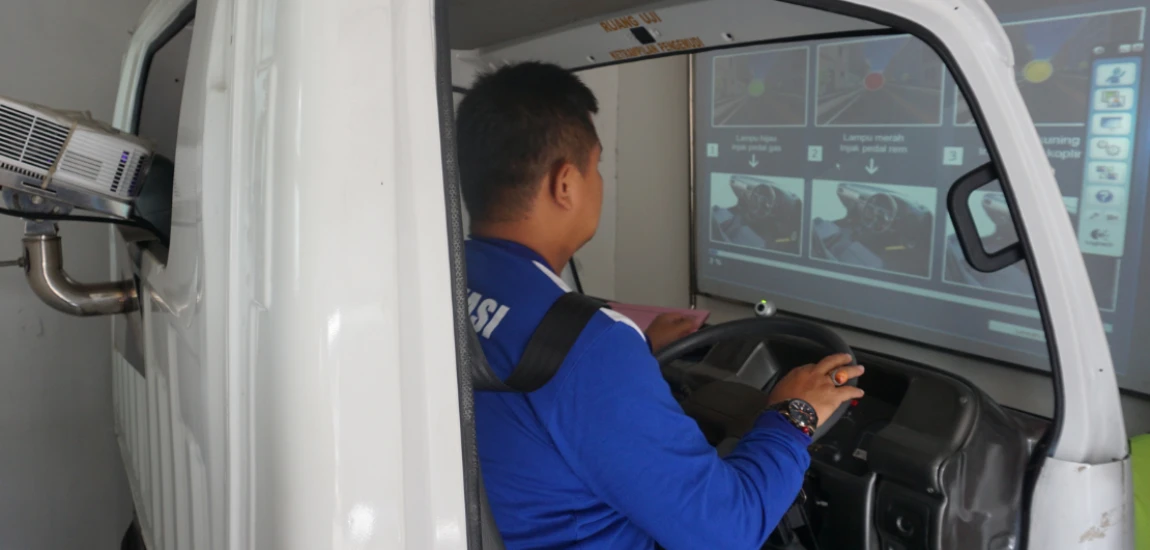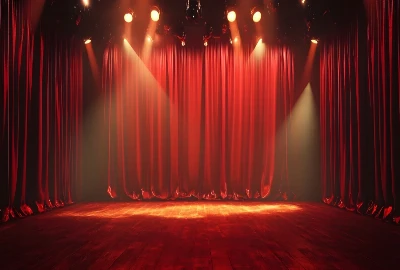The Simulation Look: Why Everything Feels Unreal

Have you ever scrolled through TikTok, wandered a shopping mall, or watched a new streaming series and thought, this feels fake somehow? That uncanny sense that reality is polished, filtered, or slightly too perfect is at the heart of the simulation look. It’s not just a meme or a passing aesthetic—it’s a cultural mood.
The simulation look describes a world where everything feels hyper-staged, pixel-perfect, and strangely detached from authenticity. From AI-generated influencers to malls filled with identical stores, life often feels like we’re walking inside a game engine rather than a living, breathing reality. But why does everything feel unreal, and what does that say about us?
This blog unpacks the simulation look in depth, examining how it shows up in fashion, digital design, and everyday experiences, and what it reveals about our relationship to authenticity in an era of endless replication.
Defining the Simulation Look

A Blend of Reality and Replica
At its core, the simulation look is about reality blurring with reproduction. It’s the glossy aesthetics of virtual reality, CGI, or AI filters seeping into everyday life. Think sterile cafes designed more for Instagram photos than coffee, fashion collections that look like they were rendered in a game engine, or influencer apartments so pristine they appear computer-generated.
The Role of Hyperreality
The concept is deeply tied to “hyperreality,” a term popularized by philosopher Jean Baudrillard. Hyperreality describes a world where representations of reality—images, simulations, aesthetics—are more real than reality itself. The simulation look embodies this: we don’t just live in spaces, we live in their projected versions. A store or outfit isn’t valuable because of what it is, but because of how it appears online.
Why It Resonates Now
In an age of AI-generated art, deepfakes, and algorithm-curated feeds, it’s harder than ever to distinguish what’s authentic. The simulation look captures that anxiety, packaging it into an aesthetic that mirrors our unease. People feel reality slipping away, replaced by simulations that sometimes feel more appealing than the real thing.
The Simulation Look in Fashion and Lifestyle

Clothing That Looks Digital
Fashion has leaned into the simulation look in surprising ways. From iridescent fabrics that resemble CGI textures to “digital fashion” drops designed solely for virtual avatars, clothing increasingly embraces unreality. Runways feature outfits that blur human and machine design, often looking more like skins in a video game than wearable garments.
Interiors That Feel Staged
Lifestyle aesthetics also reflect the simulation look. Minimalist apartments with beige furniture, glowing LED lights, and no trace of actual human mess look more like showroom sets than lived-in homes. Airbnb aesthetics—a couch, two plants, white walls—turn homes into interchangeable, simulation-ready backdrops.
The Instagrammable Economy
Restaurants, cafes, and retail spaces are often designed less for their primary function and more for photo ops. Neon signs, pastel walls, and hyper-curated decor mimic digital aesthetics. Customers are no longer just eating or shopping; they’re participating in the performance of the simulation look by creating content in staged environments.
The Digital Simulation: TikTok, AI, and Unreal Content

TikTok and the Rise of Unreal Filters
On TikTok and Instagram, filters have moved far beyond smoothing skin. AI-generated effects can alter entire environments, transform faces into hyper-real avatars, or simulate surreal backdrops. The result? Content that feels uncanny—half real, half simulation. The lines blur between authenticity and performance.
AI-Generated Influencers
Virtual influencers like Lil Miquela or Shudu embody the simulation look. These figures aren’t real, yet they occupy the same space as human influencers, signing brand deals, posting daily content, and gathering millions of followers. Their aesthetic perfection highlights how the simulation look thrives when the unreal feels more marketable than the authentic.
Deepfakes and Algorithmic Aesthetics
The spread of deepfakes and AI art also contributes to this culture. Scrolling online, users encounter faces, voices, and artworks that look real but are entirely synthetic. Algorithms prioritize visuals that “pop,” often favoring exaggerated, polished aesthetics that amplify the sense of unreality.
Why Everything Feels Unreal: Cultural and Psychological Roots

Capitalism and the Simulation of Choice
Part of why life feels unreal is economic. Walk into any mall, and the stores are almost indistinguishable—fast fashion chains carrying similar clothes, cafes with the same minimalist branding. What looks like variety is often just repetition, feeding into the simulation look where difference is only surface-deep.
Nostalgia and Replication
Our cultural obsession with nostalgia also fuels the simulation look. Remakes, reboots, and retro-inspired fashion dominate, but they rarely recreate authenticity. Instead, they simulate the feeling of the past without its substance—like living inside a theme park version of memory.
Psychological Impact: Dissociation and Aesthetic Fatigue
On an individual level, the simulation look can heighten feelings of dissociation. When everything feels staged, curated, or unreal, it becomes difficult to connect emotionally with the world. People report “aesthetic fatigue”—a sense of exhaustion from navigating a reality that feels less like life and more like a set design.




